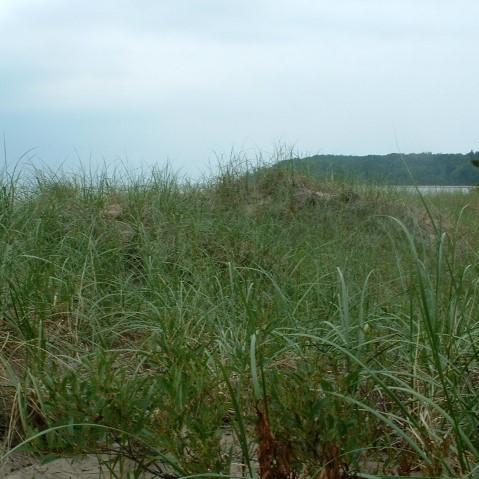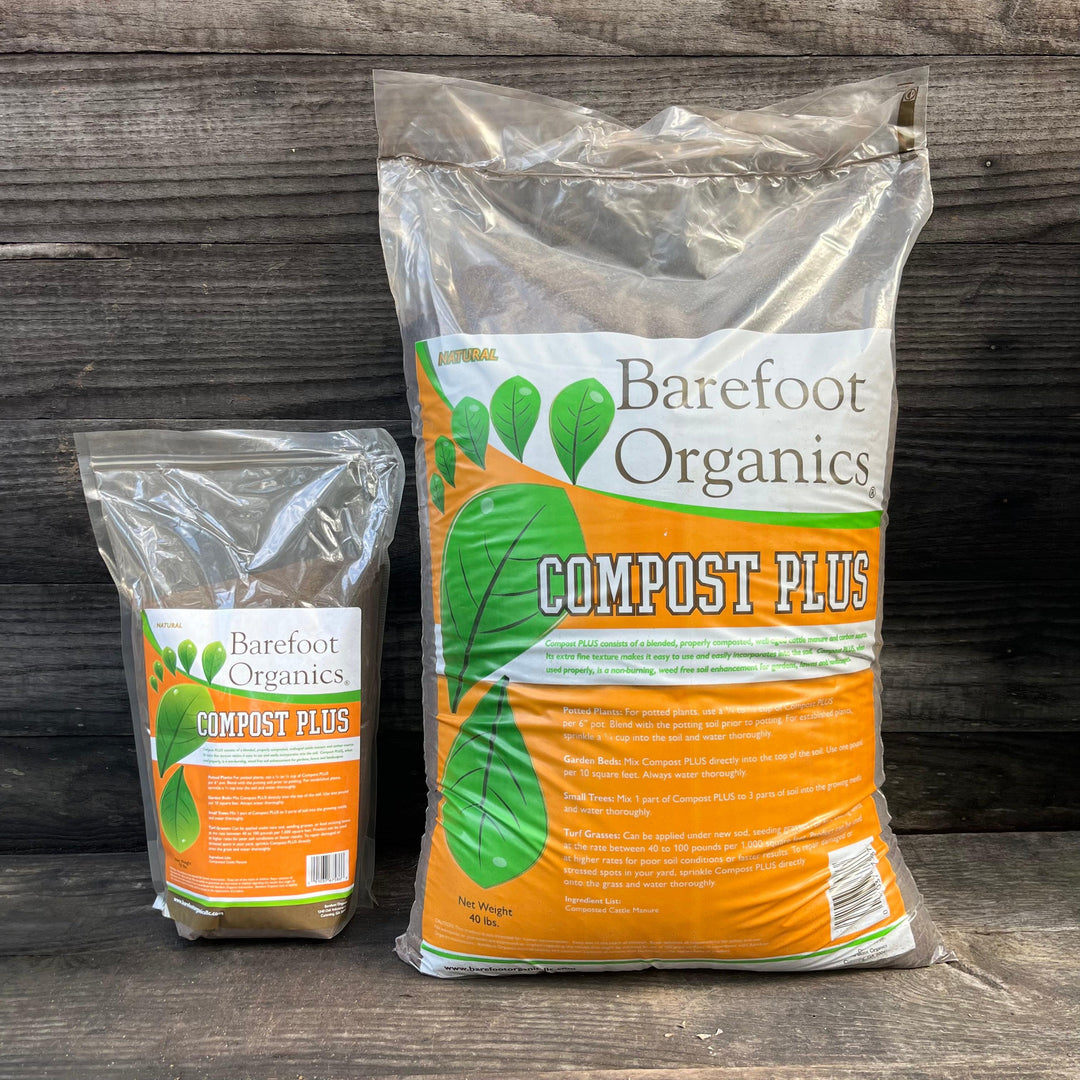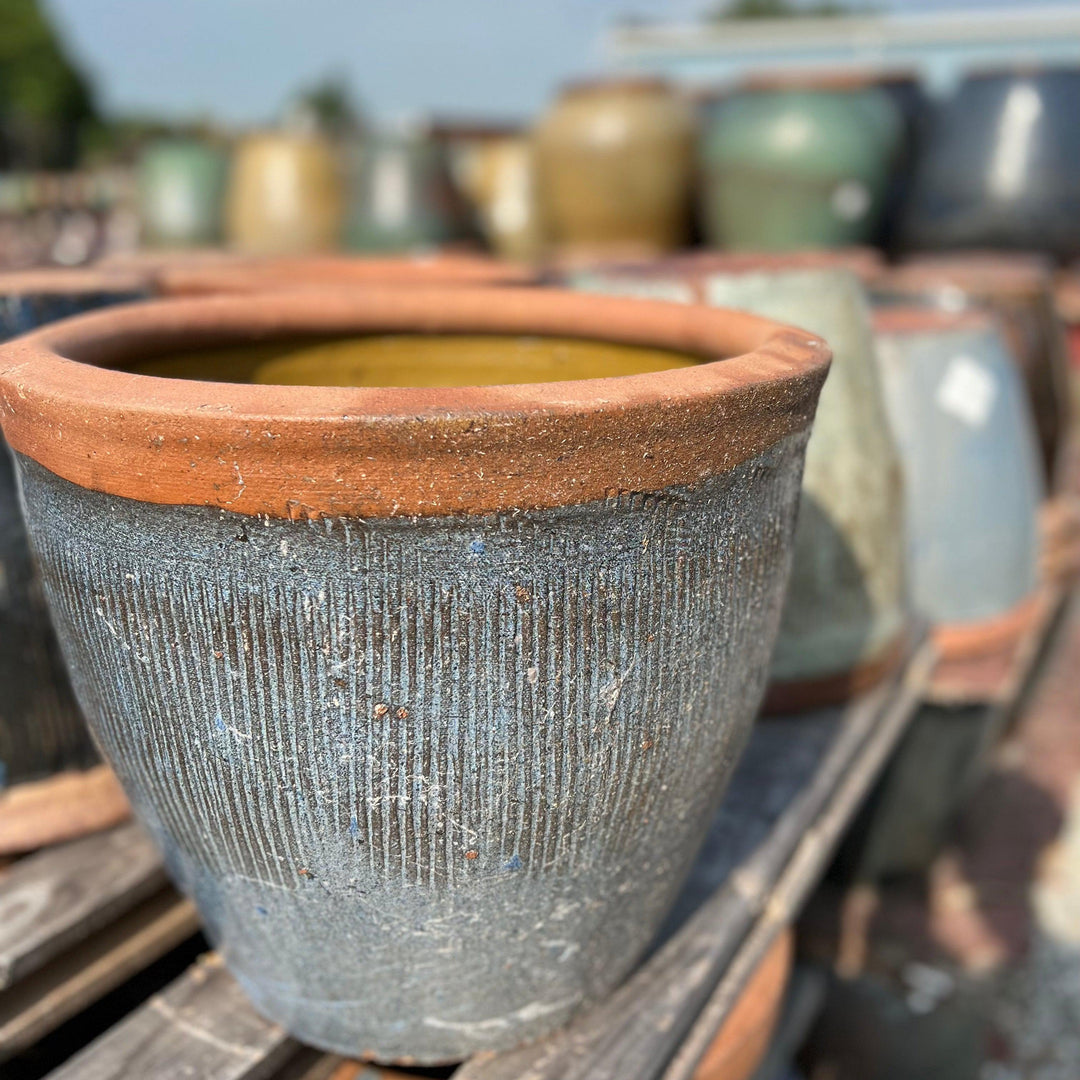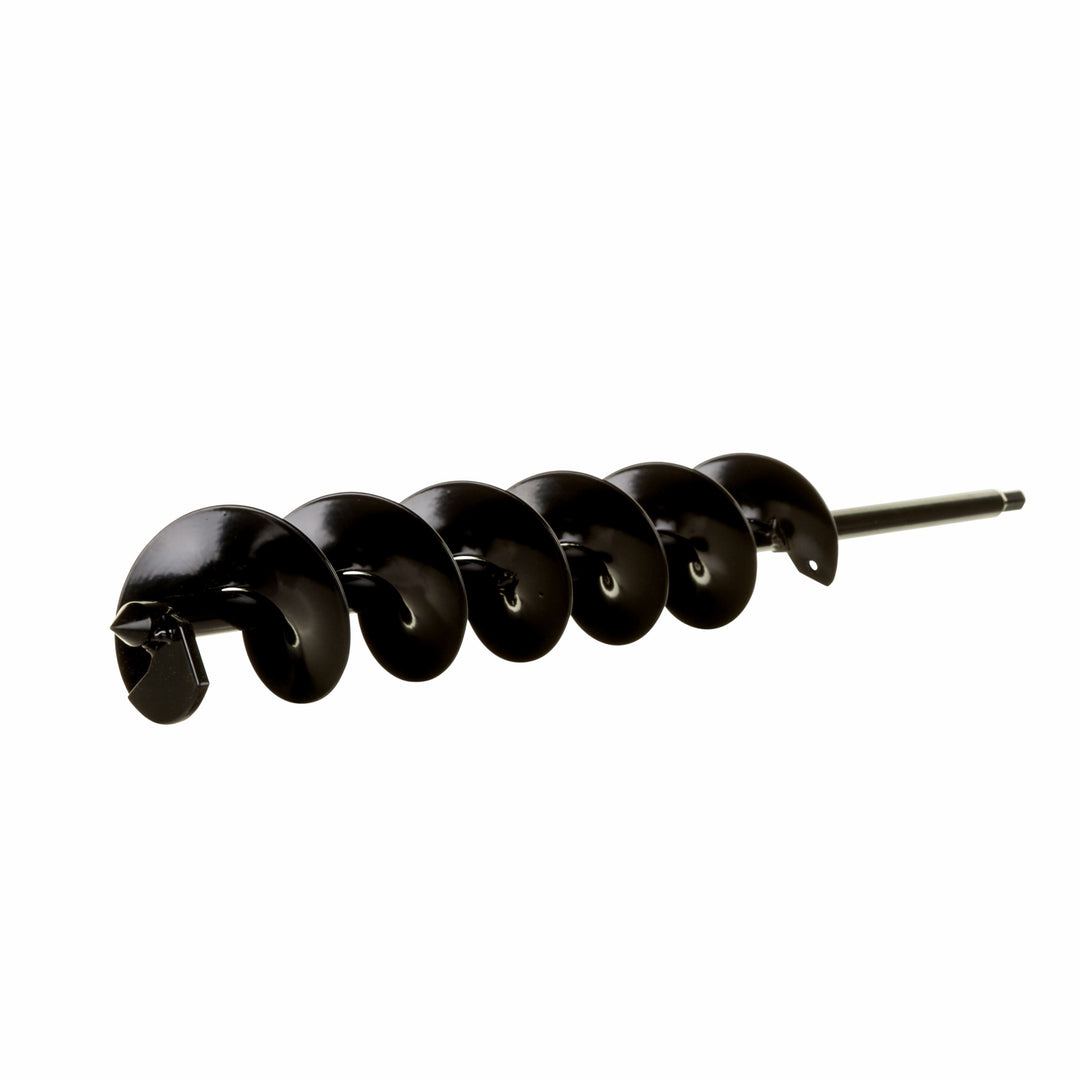American Beach Grass is a perennial grass that's native to the eastern coast of North America. It's known for its long, narrow leaves and its ability to thrive in sandy soils, making it a common sight on beaches and sand dunes.
One of the most important roles of American Beach Grass is in preventing soil erosion. The grass's extensive root system helps to stabilize sand dunes, protecting them from being washed away by waves and wind. This makes it a crucial plant for preserving coastal ecosystems.
This plant prefers full sun and well-drained, sandy soil. It's also very tolerant of salt and wind, making it well-suited to harsh coastal conditions.
|
Type: |
|
|
Origings: |
Coastal Atlantic Region |
|
Height: |
2' - 3' |
|
Spread: |
1' - 2' |
|
Spacing: |
1’ |
|
USDA Hardiness Zone: |
3 - 8 |
|
Culture: |
|
|
Bloom Color: |
Brown |
|
Season of Interest: |
MAINTENANCE NEEDS: Low maintenance plant. Do not let the soils get too moist. Away from sandy soils it is susceptible to nematode damage, which can make establishment difficult.
LANDSCAPE USES: Accents or Group Plantings, Borders, Naturalized Areas, Woodland Garden, Wildlife Gardens, Rock Gardens, and Containers.
COMPANION PLANTS: Blanket Flower, Tickseed, Sedum
IMAGES: Fungus Guy, Ammophila breviligulata, Pancake Bay 2, CC BY-SA 3.0, (2 anonymous, Cannon Beach north, CC BY-SA 4.0, (3) Photo by Dendroica cerulea, American Beachgrass, (3) Royalbroil, AmericanMarramGrassKohlerAndraeStateParkLakeMichigan, CC BY-SA 3.0
*As plants have ranges in appearance they may not appear as the images shown.




















































